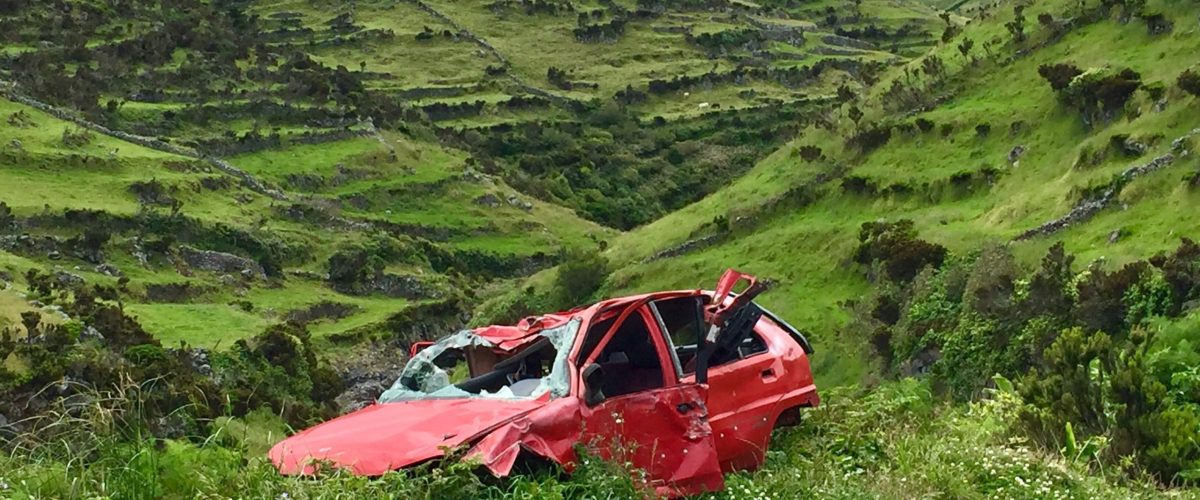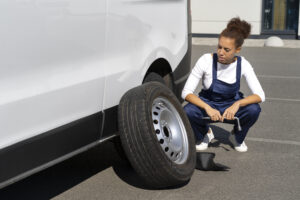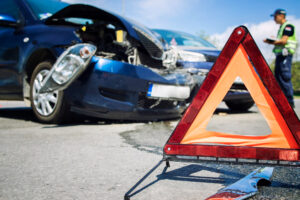By H&H Admin
With international travel restricted for South Africans due to the latest COVID-19 variant, there will be an increased number of vehicles on our roads which could lead to a higher than usual rate accidents.
With international travel restricted for South Africans due to the latest COVID-19 variant, many more of us will be travelling within the country, which means more passenger vehicles on the road in addition to the trucks, buses and taxis.
It’s that time of the year when families and friends take a well-deserved break and head off to various holiday destinations or to visit loved ones for the festive season. But being eager to reach your destination is no excuse to ignore the rules of the road – and this is especially important at this time of the year.
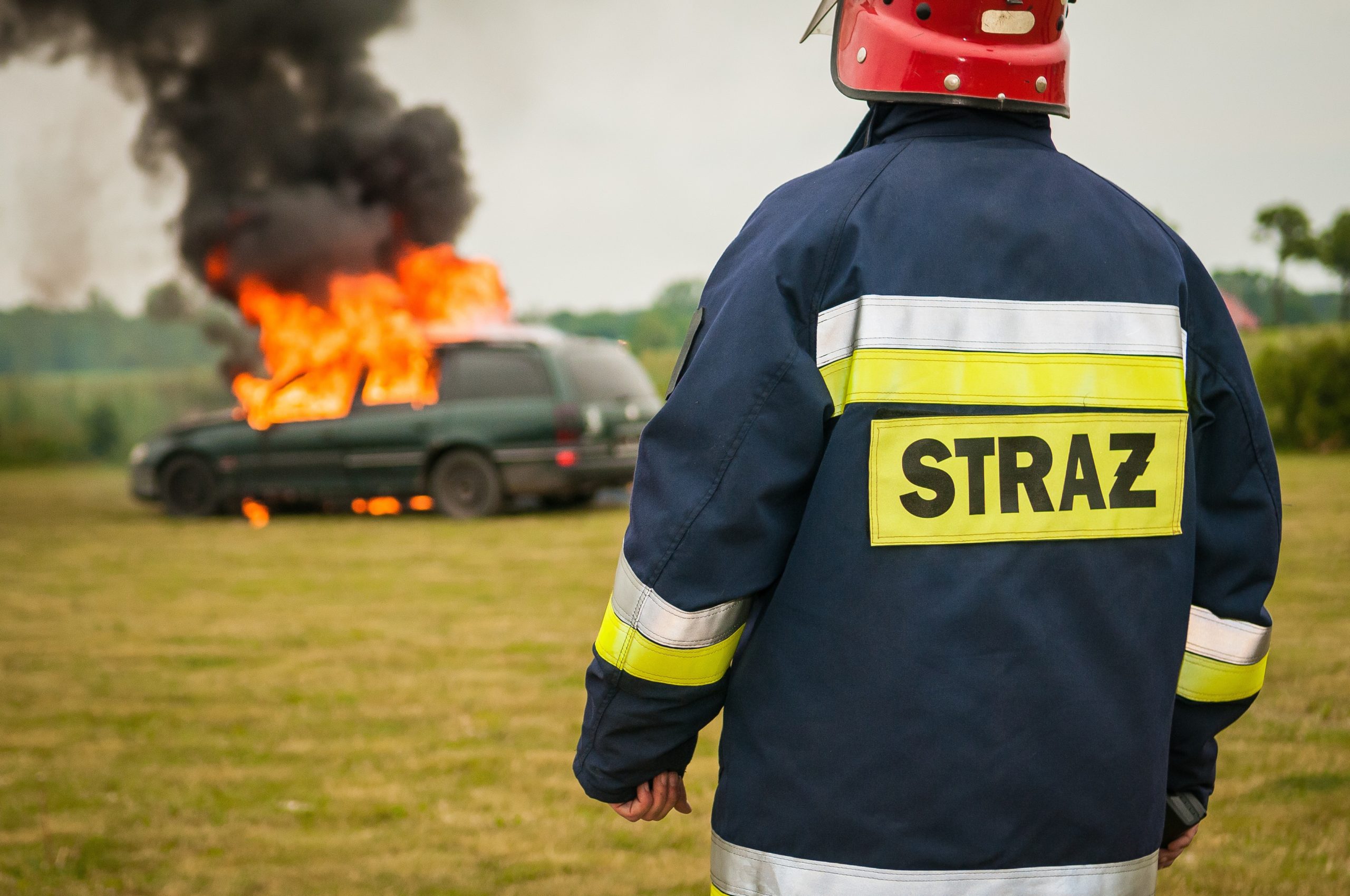
Safety for yourself, your passengers and your vehicle should be the number one priority, but you also need to be alert and aware of the traffic around you on the road, pedestrians, particularly when you are driving through smaller towns and rural areas where animals or livestock could wander into the road.
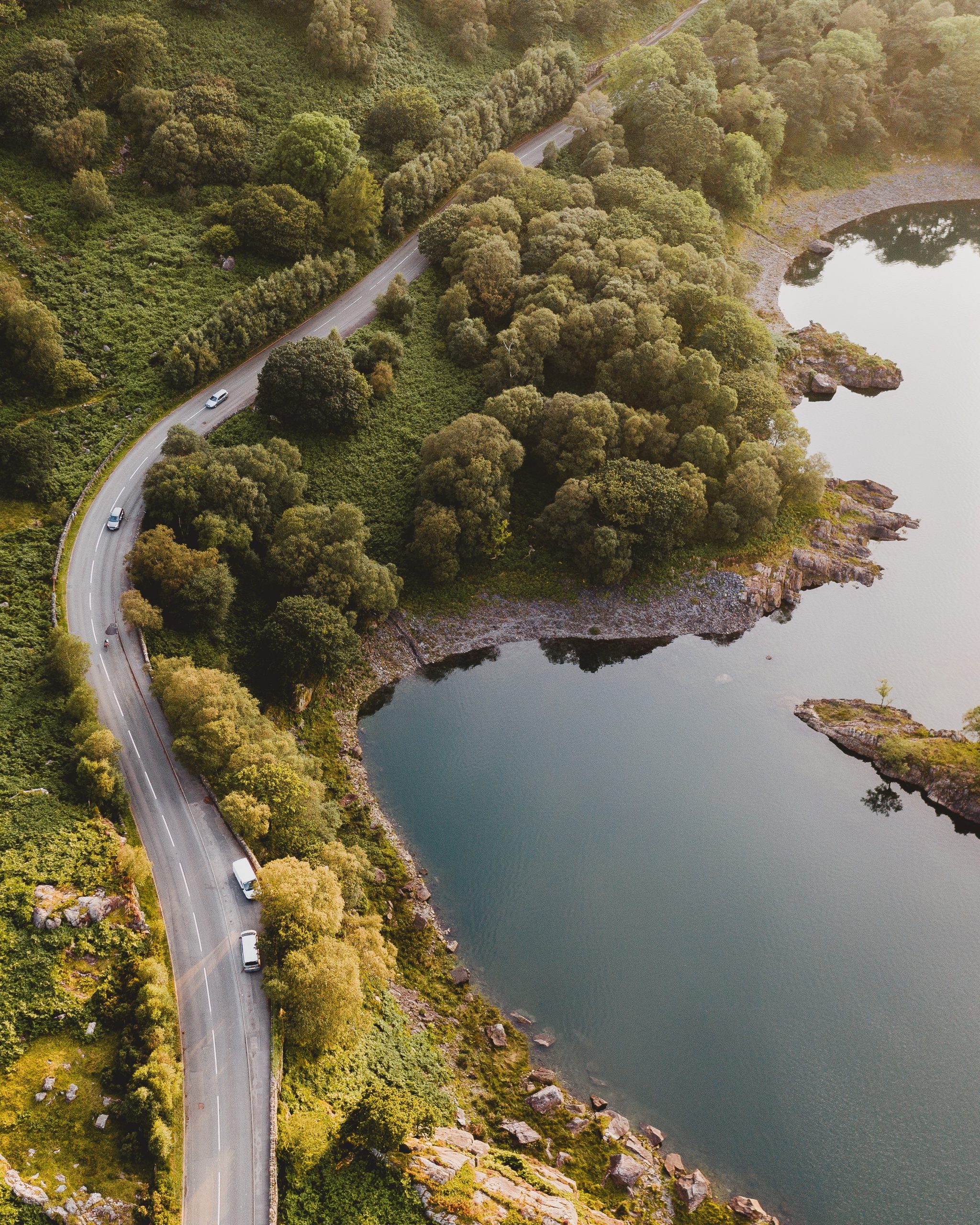
No matter how experienced a driver you may be, accidents do happen; and whether it’s a minor bumper bash, or something more serious, being involved in a vehicle accident is both a stressful and traumatic experience.
It is important to record all the events of the accident as accurately and as precisely as possible at the time of the incident, as this will assist with the ensuing accident report and insurance claim.
At the scene:
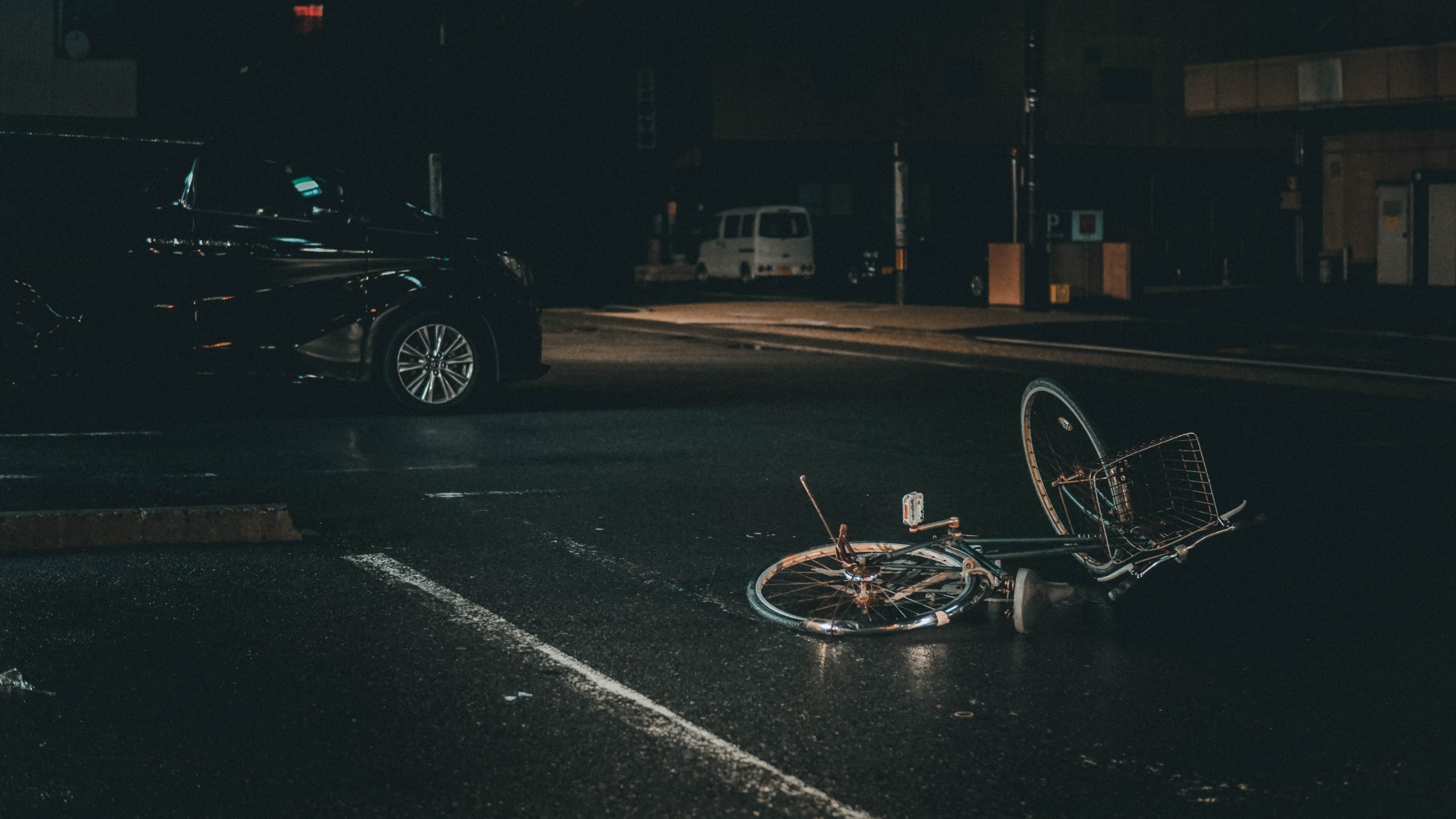
- Stop the car, switch on your hazard lights.
- All vehicles involved in the collision need to remain at the scene.
- Place a safety triangle sign a fair distance behind your vehicle if it is safe to do so.
- If you are not injured, check on the other drivers and passengers – if someone is seriously injured, call an ambulance (remember that you can call 112 from any cellphone network in South Africa in an emergency: the call centre will connect you to an emergency service closest to you).
- If any of the vehicles’ passengers or pedestrians have been injured, or if there is damage to any property, it is road law in South Africa to remain at the scene until a SAPS vehicle arrives.
- Using the technology at hand, such as a smartphone, tablet or camera, record as much information as you can of the scene of the accident and take down notes or make a voice recording of everything you can remember about the cause and result of the accident, including the time, date and location.
- Once that is done, and you can do so, move the cars to the side of the road if they are obstructing the traffic flow – but only if it is safe to do so.
- Capture all the details of the other drivers and vehicles involved in the incident: names, contact numbers, vehicle details (make, model, colour), licence plate and drivers’ licence numbers and, most importantly, the insurance information of each driver.
- It is also useful to note the personal details of the passengers involved in the incident and any bystanders or eyewitnesses who observed the incident.
- If your vehicle is damaged, cannot be driven and requires towing, only use the towing service authorised by your insurance provider. If you don’t have tow cover with your insurance company, request a quote from the tow truck driver before your vehicle is towed. Write down the name, contact details and vehicle registration number of the tow truck driver and find out where your car is being taken.
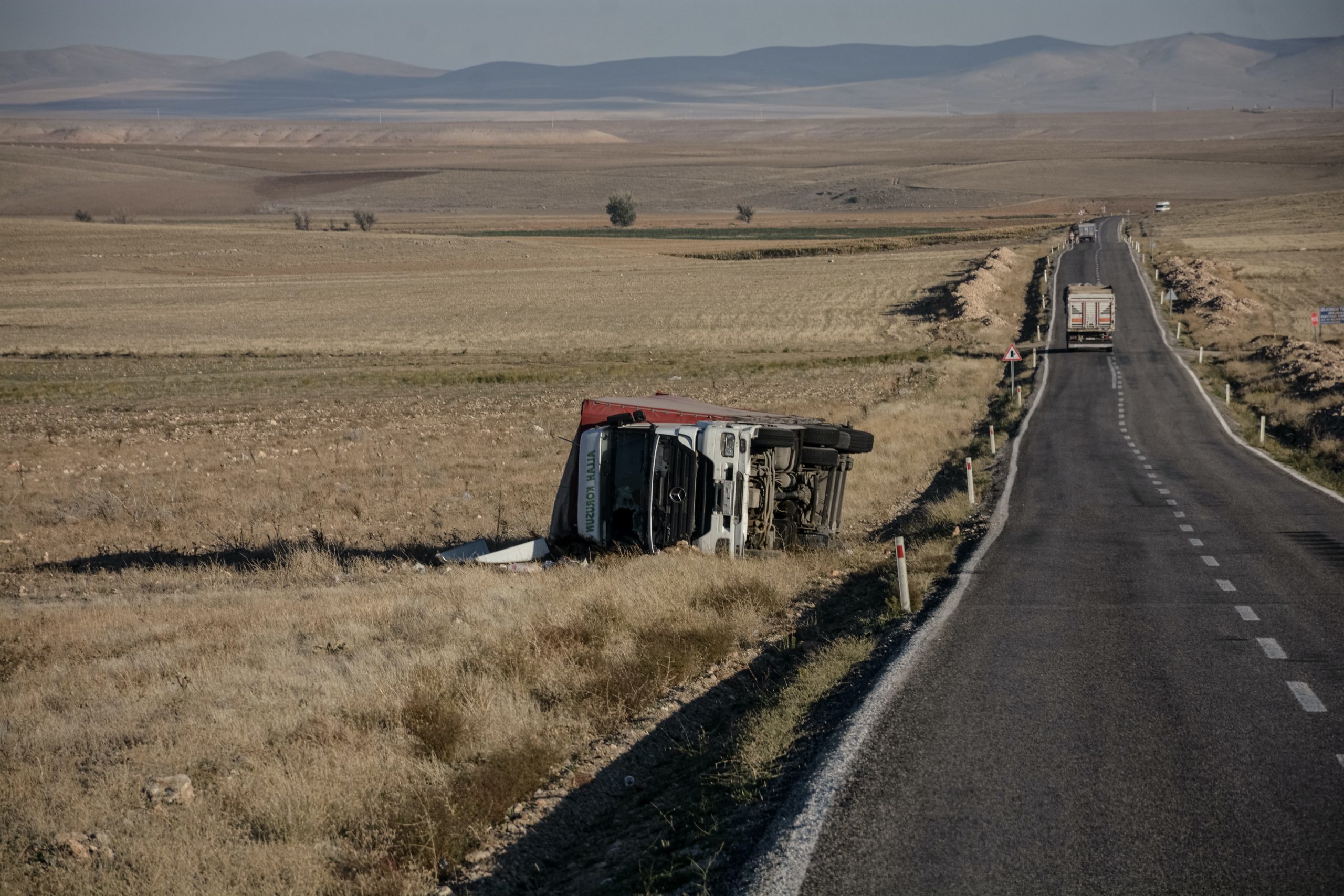
Reporting the accident:
- You might think recording some minute details is not necessary but all the information you have collated will be particularly useful when it comes to reporting the accident at a police station, and informing your vehicle insurance company, which should be done as soon as possible after the accident.
- The accident should be reported at a police station within 24 hours if they are not at the scene. Ensure you receive an Accident Report number if you are lodging an insurance or third-party claim.
- When informating your car insurance company, it is important to provide an accurate explanation. Be as honest as possible regarding what caused the accident and whose fault it was, plus any injuries to yourself and the damage to the vehicle. Providing false information may get you into trouble and result in the claim being rejected.
- When filling in the car insurance claim form, you will need to recall all the details of the accident, including the location, the weather, the road condition, potholes or a faulty traffic light, for example. You may be required to provide a sketch of the accident scene together with your description for both the police report and for insurance purposes.
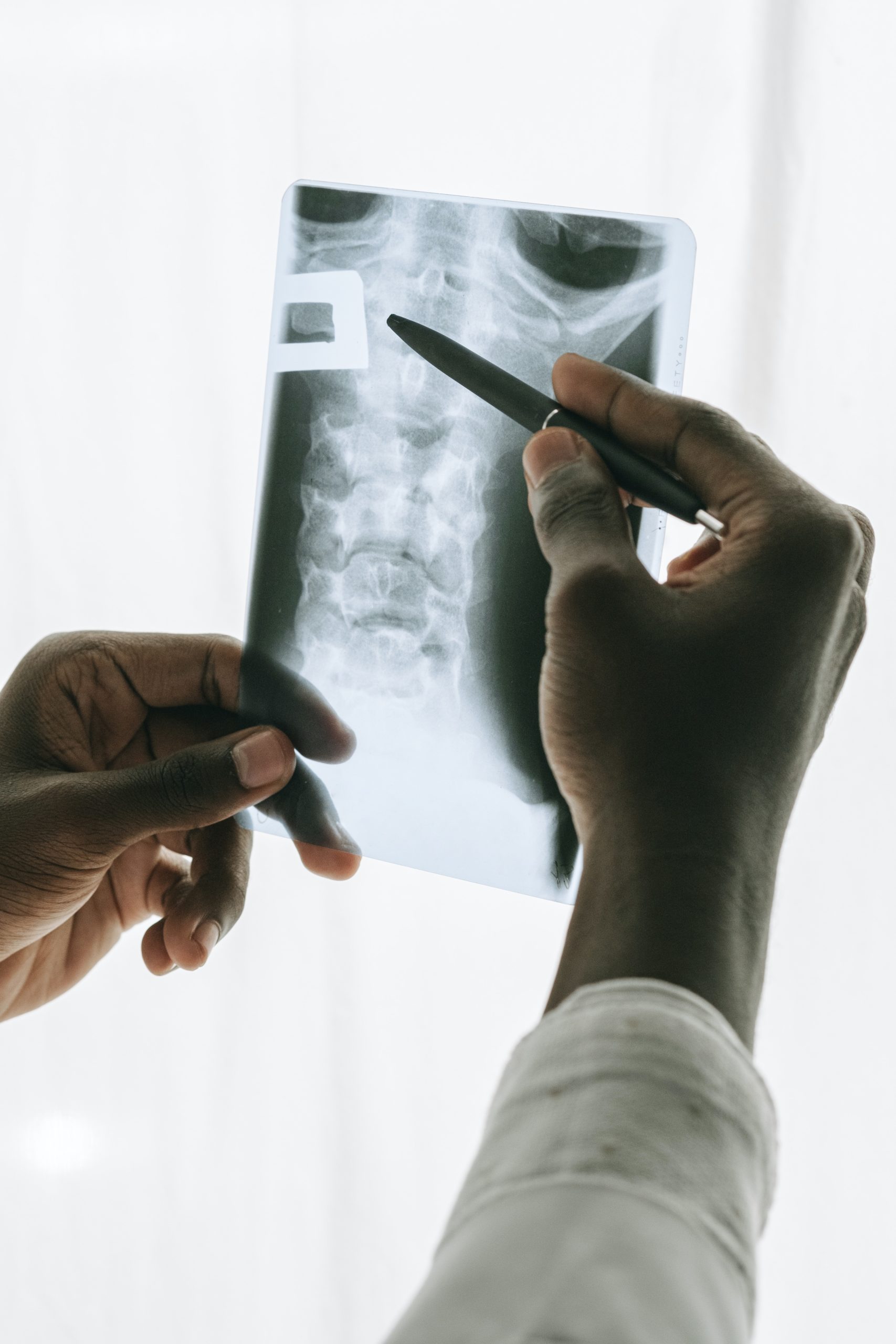
Repairs to your car:
- If the accident is the fault of another driver, the other party’s car insurance company is liable to cover the cost of repairs to your damaged vehicle once the claim has been received and approved.
- If the other driver is not insured, you or your vehicle insurance provider will have to cover the costs of the repairs to your car.
- This also applies if the accident was your fault, in which case you (if you don’t have vehicle insurance) or your vehicle insurance provider will be responsible for settling the costs of damages to the other party’s vehicle or property.
Source: Wesbank Financial Services
